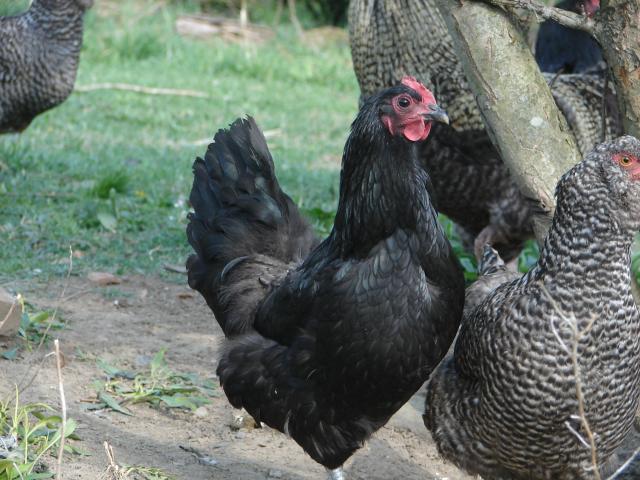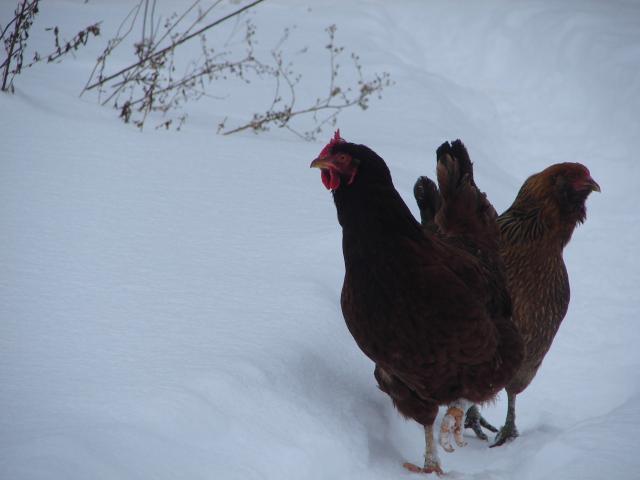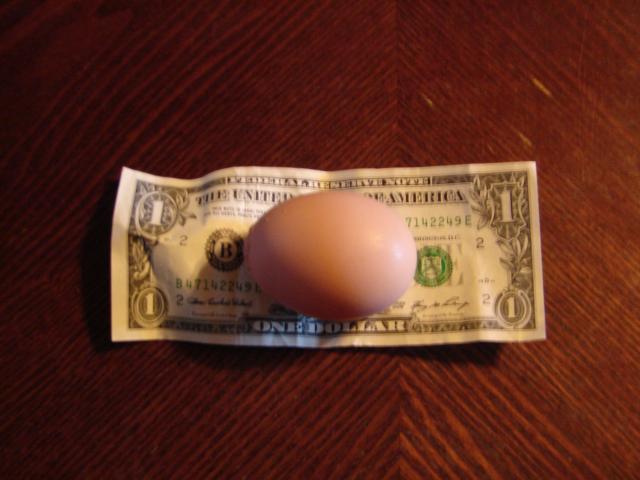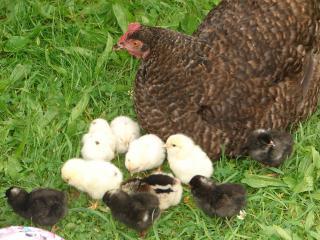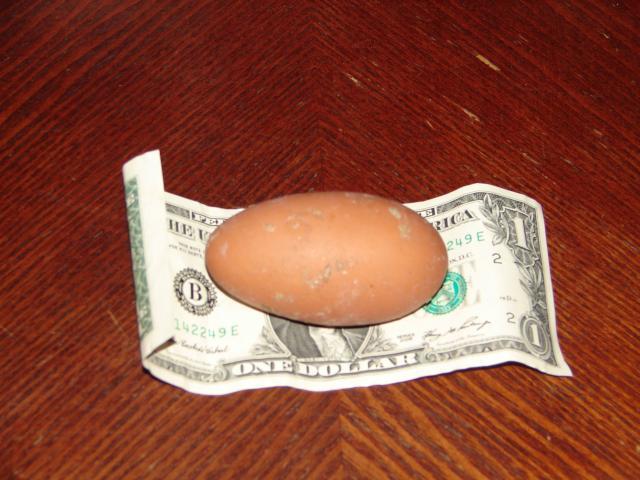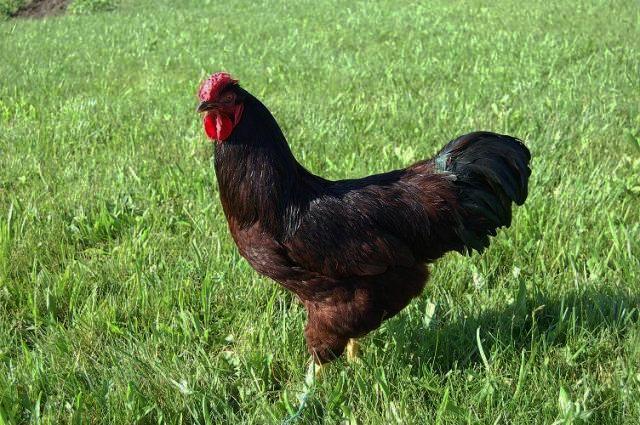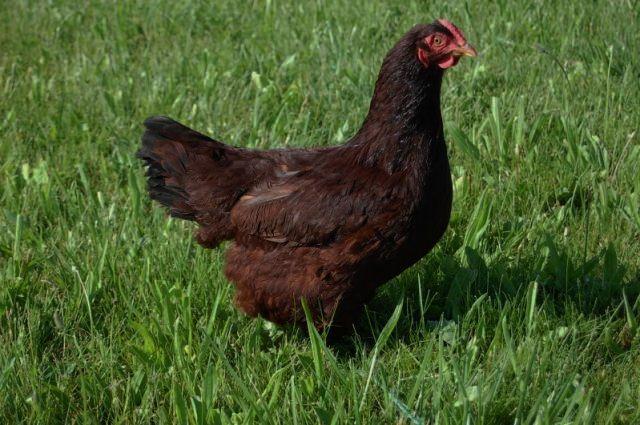Hello all!
I am fairly new to this forum, so I wanted to introduce myself. My name is Kevin Danahy, and I am from Belleville, Ontartio, Canada. I live in the cuty, so I really keep City chickens.
I am about to get some new chicks ( the ones in the title)
 and I was wondering if anyone kept these chickens, what they are like, and really anything and everything about them!
and I was wondering if anyone kept these chickens, what they are like, and really anything and everything about them!
Thanks for any info,
Kev

I am fairly new to this forum, so I wanted to introduce myself. My name is Kevin Danahy, and I am from Belleville, Ontartio, Canada. I live in the cuty, so I really keep City chickens.
I am about to get some new chicks ( the ones in the title)

Thanks for any info,
Kev

Last edited:


